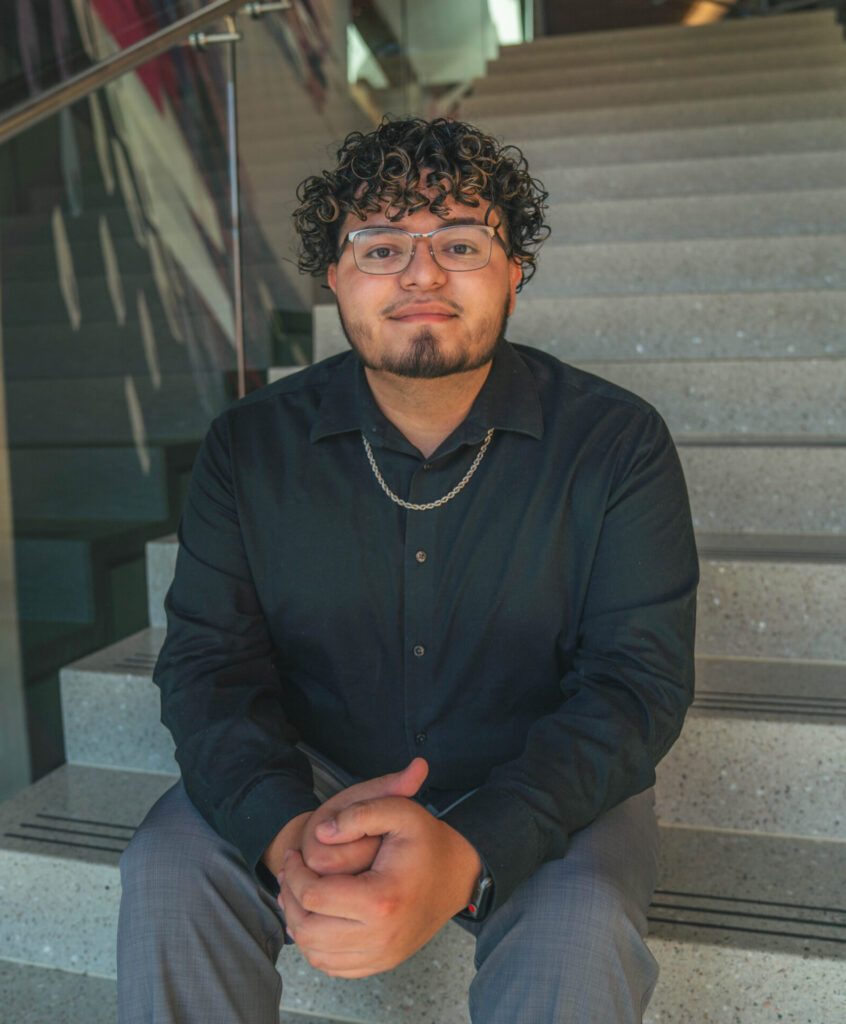Have you ever tried to make yourself laugh – or make yourself stop laughing? According to Robert Provine, professor emeritus of psychology, these two actions are out of our control because laughter is all about our innate ability to connect with one another.
In Time magazine’s special edition The Science of Laughter: Our Bodies. Our Minds. Our Souls., Provine’s groundbreaking research is front and center as the basis for inspiration for laughter research across the country.
“Dr. Provine’s laughter research is revealing, engaging and original. It gave our book excellent context,” shares Kostya Kennedy, editorial director of Time books. The book covers research about laughter as medicine, as a health remedy, as well as how the timing of jokes affects laughter. “Including Dr. Provine’s work helped connect our readers more closely to the subject. Seriously. This is not a joke.”
Provine’s 2000 book Laughter: A Scientific Investigation shares his findings of over thirty years of work in his laughter lab at UMBC in collaboration with many graduate students over the years. Since retiring, he continues to teach part-time, do a bit of research and writing, and remain engaged in “the practice of science in the public arena” – providing popular accounts of his research to print and broadcast media. He also has more time to devoted to his long-neglected hobbies, including telescope building and star-gazing.
UMBC Magazine caught up with Provine to get some insight into his research, the Laughter Lab, and the undergraduate researchers who helped make it happen.
Why did you decide to study laughter?
I trained as a neuroscientist, coming to UMBC after doing electrophysiology and neurochemistry in the lab of my mentor, Nobelist Rita Levi-Montalcini. Growing tired of the tedious work of neurochemistry and putting electrodes in brain cells, I sought an approach to brain and behavior based on the ongoing activity of normal human beings. Just as molecular approaches provide insights into complex problems in biology, I reasoned that simple instinctive acts could yield a rigorous approach to complex behavioral problems.
Laughter provides an ideal topic – contrast the simplicity of ‘ha-ha’ to the complexity and variety of language and speech. Laughter is so simple that I may even able to understand it. It’s a bonus that laughter is also contagious, providing a means of understanding the neurological basis of social behavior.
What was your path in writing the book Laughter: A Scientific Investigation (2000)?
I considered research strategies and read the literature about laughter for decades before the research actually got under way. The laughter research project started around 1990 and continues to the present. The book published in 2000 summarized the research and established laughter as a scientific problem. More recent developments are described in my wider ranging 2012 book, “Curious Behavior: Yawning, Laughing, Hiccupping, and Beyond.”
What did you enjoy most about mentoring and working with students in the lab?
All of my students are real partners in serious research, a prospect daunting to some. Some are intimidated when asked for opinions about research planning, especially when I remind them that, by virtue of their work, they are now one of the world’s experts. Scary!
My research on laughter and other human instincts was selected, in part, because the topics were neglected, the frontiers near at hand, and we could get started almost immediately – no complicated methods to learn, equipment to buy, or grants to write.
Do you remember the alumni who worked with you in the lab?
This is an elite crew of undergraduates who first distinguished themselves in my classes. I was very picky because my research students are treated more as scientific colleagues than assistants, with some appearing as co-authors. Notable research students include: Yvonne Yong ’90, Kenneth Fischer ’91, Amanda Fernandez ’11, Marcello Cabrera ’12, Jessica Nave-Blodgett ’12, and Heidi Hamernik ’86, Lisa Greisman ’91, Iman Kennedy ’12, and Tina Runyan ’92. Some kept in touch. I recently spoke to Tina congratulating her on her promotion to full professor at UMASS Medical school. Jessica also went on to graduate school at the University of Nevada to study psychology. Iman is an Arthur Ashe scholar/athlete at UNC graduate school. Amanda went on to medical school at University of Maryland.
Did you know your work would have so much impact?
My research topics, including laughter, yawning, and other human instincts were selected because of their unique properties as scientific problems, not for their potential media impact. However, I believe that good science is guided by a good story. If you can’t tell the story you may not clearly understand what you are doing. My research students are constantly challenged to “tell the story” about what they are doing, and why they are doing it.
* * * * *
Read more about Provine’s work in “Curious About Us,” in UMBC Magazine.
Tags: provine, psych, Psychology




